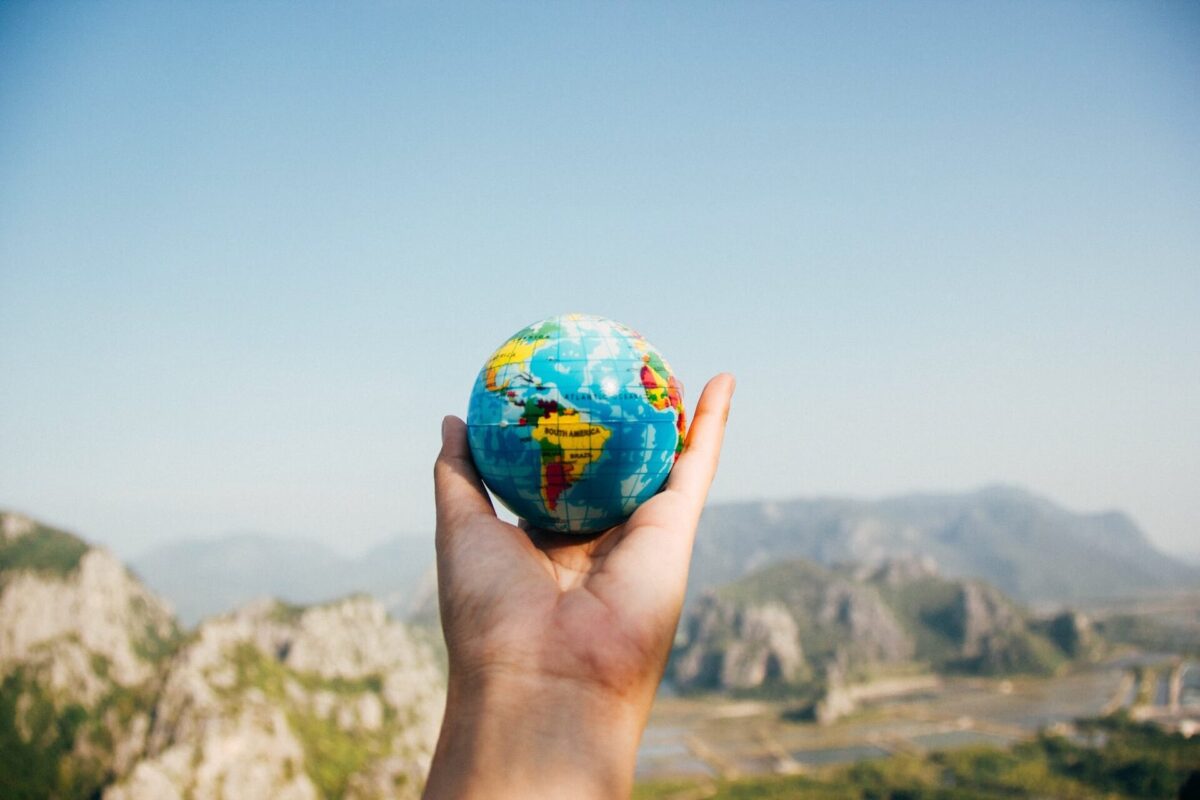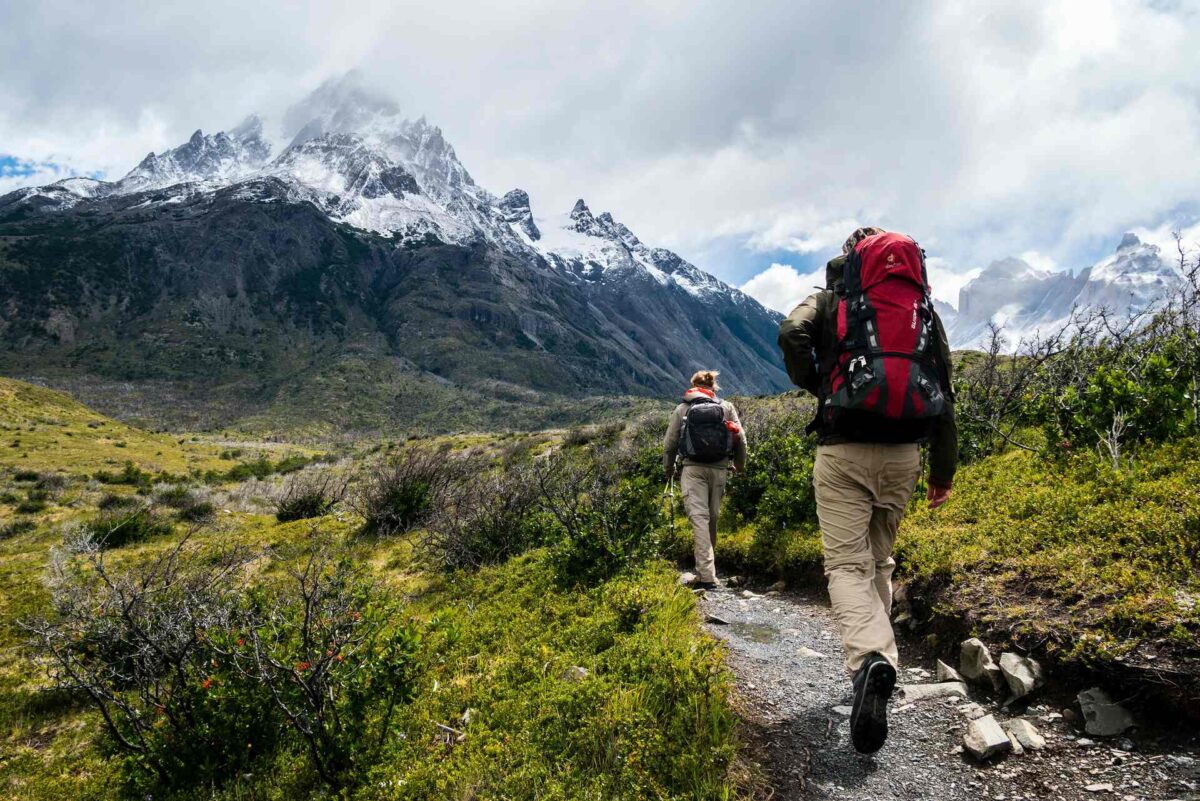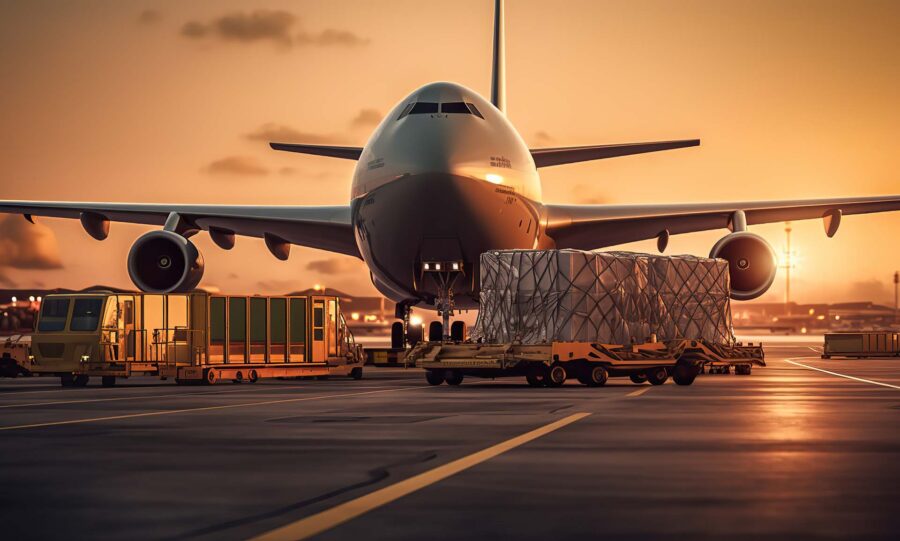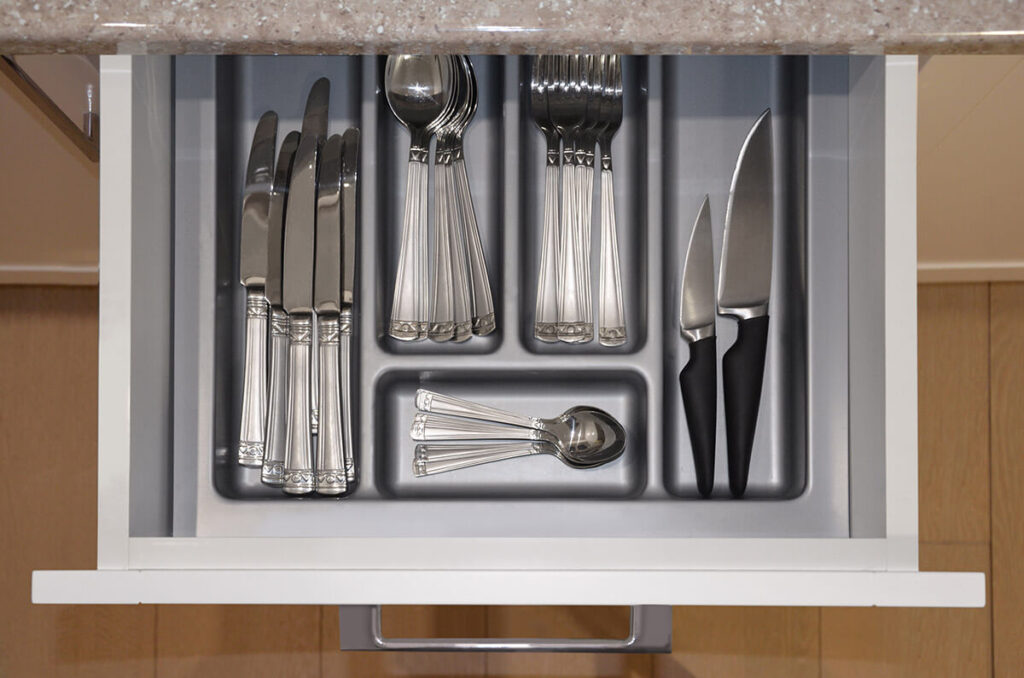So you’ve decided to embark on a grand adventure and are moving to a different climate – brace yourself for a whirlwind of weather! No matter whether you’re swapping snow for the sun or trading tropical breezes for chilly gusts, adjusting to new weather conditions can be an exciting yet difficult experience. But with a bit of research and a dash of preparation, you’ll be weathering the transition like a seasoned pro in no time.


Relocating to a place with unfamiliar weather patterns requires research, preparation, and flexibility. Once you’re familiar with the temperature ranges and factors such as humidity, it’s time to invest in some climate-appropriate clothing as well as home appliances that will make your new place more comfortable. Remember, adjusting takes time, but with the right mindset, resources, and a little bit of professional help, you’ll conquer your transition in no time.
Research and Understand the New Climate
Before you dive headfirst into organizing your move, take a moment to appreciate the importance of researching and understanding the new climate you’ll be calling home. It’s not just about knowing what to pack as you prepare for movers and your moving overseas adventure – it’s about grasping the overall impact the new weather patterns will have on your day-to-day life.
Learn About the Typical Weather Patterns
You’re probably wondering – how long does it take to acclimate to a new climate? Well, when it comes to this process, everyone’s journey is unique. However, knowledge should be your secret weapon in speeding up the whole ordeal.
Start by familiarizing yourself with the typical weather patterns in your destination. Is it a place of mild, consistent temperatures year-round, or does it showcase dramatic seasonal variations? Here’s a quick relocation checklist to help you stay one step ahead:
- Average temperatures and temperature ranges throughout the year,
- Seasonal variations and weather transitions,
- Rainfall patterns and average precipitation levels,
- Snowfall frequency, if applicable,
- Natural phenomena like hurricanes, monsoons, or other extreme conditions.
Consider Factors Such as Humidity Levels, Precipitation, and Extreme Conditions
Besides temperature, several other factors can significantly impact your comfort, well-being, and, therefore, your process of adjusting to the new country. Keep an eye out for humidity levels – high humidity can make hot climates feel even more sweltering, while low humidity can cause dryness and discomfort.
Also, don’t forget to acquaint yourself with any extreme weather conditions that may arise. Is the region susceptible to hurricanes, blizzards, or heat waves? Familiarize yourself with the necessary safety precautions and emergency procedures. After all, being prepared for the unexpected is always a smart move.


Declutter Your Wardrobe
Packing clothes for shipping overseas can be overwhelming, but with the right strategy, it can be done even as a last-minute move. It’s time to bid farewell to those beloved pieces that will never see the light of day and say hello to a fresh collection of weather-appropriate attire.
So, take a closer look at your existing wardrobe and determine which pieces are versatile enough to transition to your new home. Keep in mind that some items, like lightweight cardigans or layering essentials, may be useful in different weather conditions. If the destination experiences distinct seasons, separate your wardrobe into seasonal sections and determine what should stay and what you should get rid of.
Organize Garage Sale and Get Rid of Unnecessary Clothes
Once you’ve evaluated your wardrobe and identified the items you no longer need, it’s time to bid farewell to those garments. Hosting a garage sale or online marketplace can be a fun way to pass on your pre-loved clothes while decluttering your life, and it’s especially helpful if you’re relocating on a low budget.
Alternatively, consider donating some clothes to charitable organizations such as Goodwill or giving them to friends who may find value in them. By passing on items you no longer need, you’ll not only lighten your load but also contribute to a more sustainable and circular fashion economy.


Hire Movers to Do the Heavy Lifting While Moving to a Different Climate
Moving abroad brings its fair share of challenges, from packing furniture to dealing with culture shock. Amidst all the chaos, hiring a reputable overseas moving company such as Sunset International Shipping can be a game-changer.
Here are a few reasons why enlisting the help of professional packing services can make your transition seamless:
- Professional movers have the experience to handle the logistics of your move efficiently,
- They are equipped with the necessary tools that come with weather-related risks, such as moisture-resistant packing materials and climate-controlled storage services,
- Hiring movers frees up your time and energy, allowing you to concentrate on settling into your new environment and adjusting to the changes.
All in all, by entrusting your move to a reliable international moving company, you can enjoy the peace of mind that comes with knowing your belongings are in capable hands. So, it’s best to sit back, relax, and let the experts handle the heavy lifting while you embark on your climate-hopping adventure.
Invest in Home Climate Control
When adjusting to a completely new weather pattern, ensuring a comfortable indoor environment becomes crucial, no matter if you’re relocating to a bigger city or perhaps a smaller home on the outskirts.
For those acclimating to sun-drenched days, it’s time to explore different types of air conditioning systems, such as central air, ductless mini-splits, or window units, depending on your specific needs and budget. On the other hand, a reliable heating system is essential to keep your home cozy if you’re relocating to a colder region. Depending on the specific humidity levels, you may also need to invest in a humidifier or dehumidifier.
Explore Different Energy-Efficient Options
Luckily, maintaining a comfortable indoor environment doesn’t have to come at the cost of excessive energy consumption. There’s special insulation and natural ventilation, and also programmable thermostats and energy-efficient appliances. With these practices, you can remain comfortable while reducing your carbon footprint and energy costs.


Consult Your Doctor and Go Over Potential Health Issues
Moving internationally can have an impact on your health, as different climates can pose unique challenges to your well-being. Because of that, it’s essential to consult your doctor before making the transition and take the necessary precautions to ensure a safe relocation to your new environment.
Research Any Potential Health Risks or Conditions Associated With the New Climate
Here are a few potential risks you should familiarize yourself with so you can take proactive measures:
- Allergies and respiratory conditions,
- Infectious diseases,
- Sun exposure and skin health,
- Temperature extremes,
- Mental health and relocation stress.
Remember, taking care of your health should be a top priority as you embark on your journey. So, make sure to stay informed, allowing yourself to safeguard your well-being and enjoy all the benefits that your new environment has to offer.


Make Sure You Adapt Daily Routines and Activities
Besides taking any necessary health precautions, it’s crucial to adapt your daily routines and activities to suit the new environment. Embracing the unique characteristics of your new region allows you to make the most of your experience and maintain a healthy and enjoyable lifestyle.
Adjust Exercise or Outdoor Activities
Different climates offer varying opportunities, so it could be challenging to adjust your existing lifestyle to the new environment. If you’re going somewhere hot and humid, opt for early morning or evening workouts when temperatures are cooler. As for the colder regions, maybe it’s time to embrace winter activities such as skiing, snowboarding, or ice skating.
In climates with extreme temperatures or inclement weather, explore indoor exercise options such as joining a gym, practicing yoga or pilates at home, or trying out dance or fitness classes. This ensures you can maintain an active lifestyle regardless of the weather outside.
Plan For Seasonal Activities or Hobbies That Align With the New Climate
Another exciting aspect of this transition is exploring seasonal activities and hobbies you possibly haven’t had the chance to try out just yet. Colder regions are not the only destinations that entail a unique set of activities. For example, if you’re relocating to a coastal area, you can try surfing or snorkeling. On the other hand, mountainous regions provide an excellent opportunity to embark on some hiking and rock climbing adventures.


Network and Go Over Local Resources
Keeping in touch with friends and family is important, but connecting with the people in your new residence is equally as important. No matter if you’re trying to find a new job or not, networking can greatly enhance your experience and help you navigate the challenges of adapting to a new environment.
Connect With Local Residents, Expat Groups, or Online Communities
One of the best ways to immerse yourself is by connecting with local residents, as they can provide invaluable insights into the local culture, customs, and ways of life. So, strike up conversations with your neighbors, participate in community events, or join local clubs or organizations related to your interests.
You can also seek out expat communities in your area and connect with like-minded individuals, share advice, and seek support. Additionally, look for online forums, social media groups, or expat-specific websites where you can engage with others who have experience living in your new environment. Here is a useful video with some additional tips to get you through the whole ordeal:
It Will Take a Bit of Time but You Will Adjust to a Different Climate
Now that you’ve reached the end of our guide and armed yourself with the right tips and tricks, you’ll be weathering the storm or basking in the sunshine in no time. Sure, adjusting to brand-new weather conditions is definitely a journey, but before you know it, you’ll be navigating the seasons like a pro.
To further ensure you’ll make a seamless transition across borders, contact Sunset International Shipping and let the waves carry your belongings to your new home. With the service of international moving by sea, you can sit back and relax, knowing that a reliable overseas shipping company is helping you start this exciting chapter in your life.
FAQ
To adjust to temperature changes, dress in layers, acclimate gradually, and use heating or cooling systems as needed.
Tips for managing humidity levels include using dehumidifiers or humidifiers, as well as proper ventilation and making sure all air leaks are sealed.
Take health precautions by researching potential health risks, such as allergies or infectious diseases, getting necessary vaccinations, and consulting with a doctor before the move.
Choosing the right clothing is done by researching the local weather patterns, considering temperature ranges, and packing attire according to that.
Strategies for staying comfortable indoors in extreme weather conditions include using insulation, sealing drafts, utilizing fans or heaters, and adjusting thermostat settings.
Protect your home and belongings from climate-related damage by ensuring proper insulation, using weatherproofing materials, and considering insurance coverage.
Lifestyle changes to consider when relocating to a place with different weather patterns may include trying out new outdoor activities, adjusting daily routines, and exploring local cultural practices.
Prepare your car for the challenges of new weather conditions by checking tires, maintaining fluid levels, and equipping it with appropriate accessories like snow chains or sunshades.
Finding local resources and services is done by connecting with local residents, joining expat groups, and utilizing online communities or official tourism websites.
Specific challenges include adjusting to new weather patterns, potential health risks, and different lifestyle norms. On the other hand, benefits can include exploring new outdoor activities, experiencing diverse cultures, and enjoying a change of scenery.









